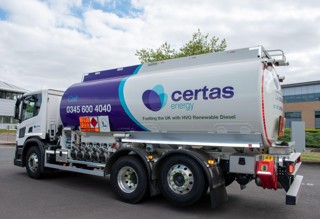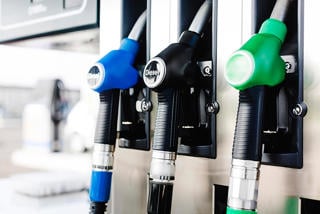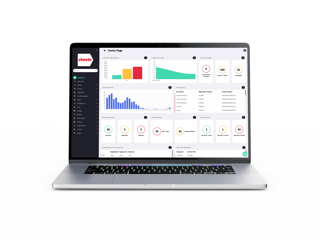Fleet managers must plan now for a tough 2011, warns The Fuelcard Company, after sharp increases in fuel prices help push inflation to 3.2%.
With further increases in both fuel duty of 0.76ppl, 2.5% VAT scheduled for 1 January businesses must act now.
“Fuel prices will continue to inflict more pain on drivers and businesses in the short term,” warns Jakes de Kock, The Fuelcard Company marketing director.
“With another inflation-related duty increase scheduled for the spring, high prices may well be an ordeal we have to endure before a recovered economy restores a less volatile fuel market.
“The companies who endure into next year will be the ones who take the time now to plan ahead for their future survival. It is imperative they take stock of assets, assess which are vital and look at ways in which outgoings can be streamlined.”
For fleet managers, such streamlining can include the introduction of vehicle usage monitoring to identify any underutilisation, or the introduction of economy driver training. With most occupational drivers having taken their driving test when there was no compulsory economy driving element, many simply won’t consider fuel efficiency when on the road.
Encouraging employees to think economy first and pace second can enable fleet managers to not only further reduce fuel usage but also lower accident risk by those drivers who previously may have driven erratically or with speed.
“Fuel cards can give fleet managers an indication of how a vehicle has been driven, including whether the driver has been exceeding speed limits, accelerating aggressively or braking suddenly,” continues de Kock. “As well as giving fleet managers access to discounted pump prices, fuel cards act as a barometer for fuel consumption, documenting the fuel usage of individual vehicles, against their expected MPG. This means managers can effectively monitor their employees driving style.”
“When a vehicle has been driven badly it becomes evident in monthly fuel reports provided by your fuel card supplier and will show fuel usage to be much higher than expected. Having this information means managers can act quickly to address the problem before this aggressive driving style becomes habitual.”




















Login to comment
Comments
No comments have been made yet.